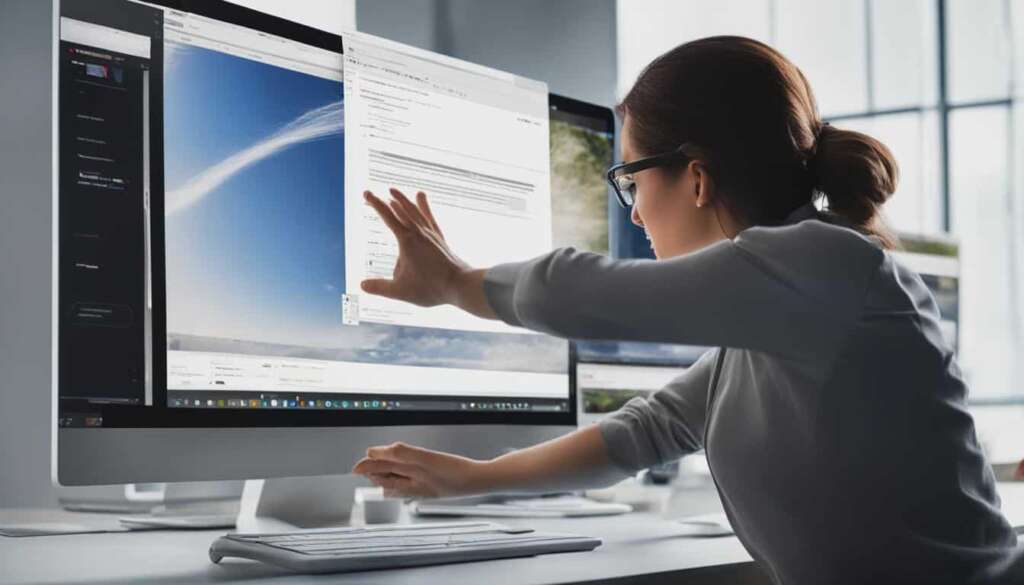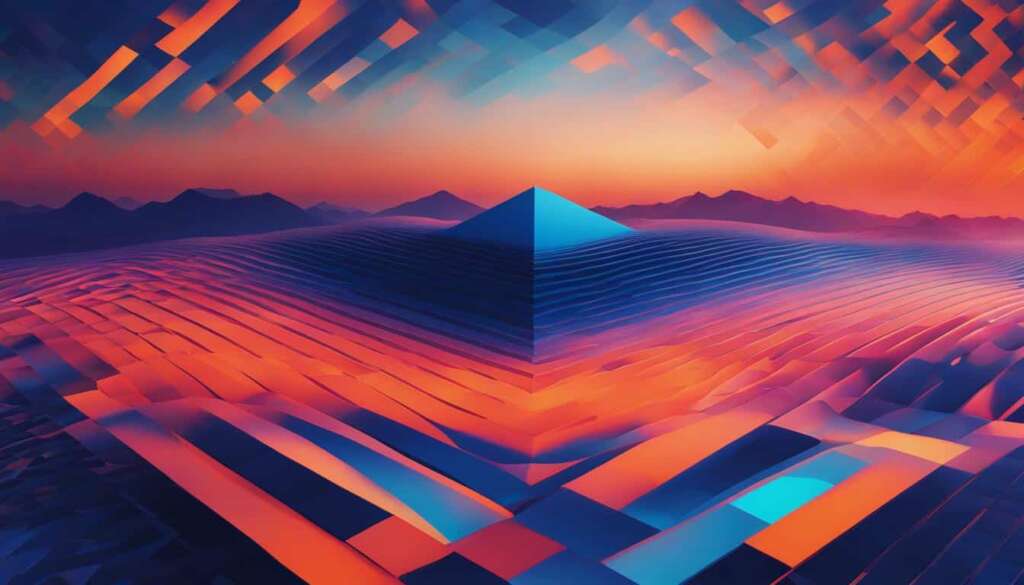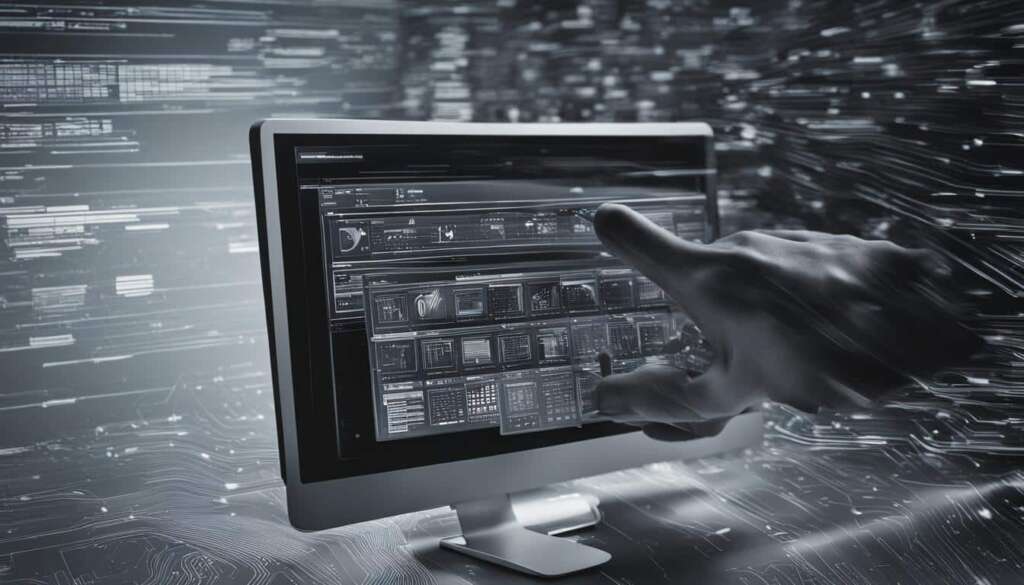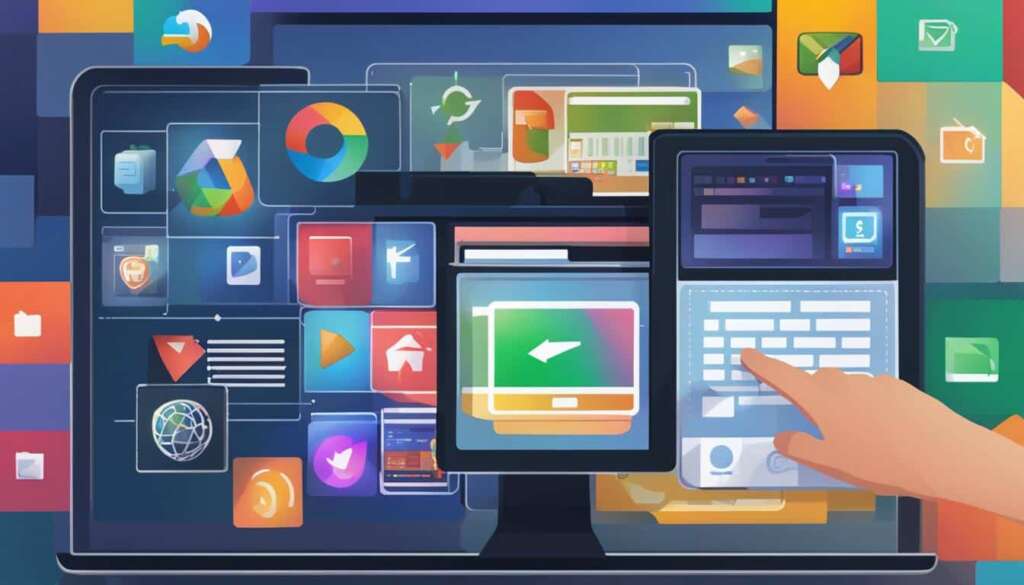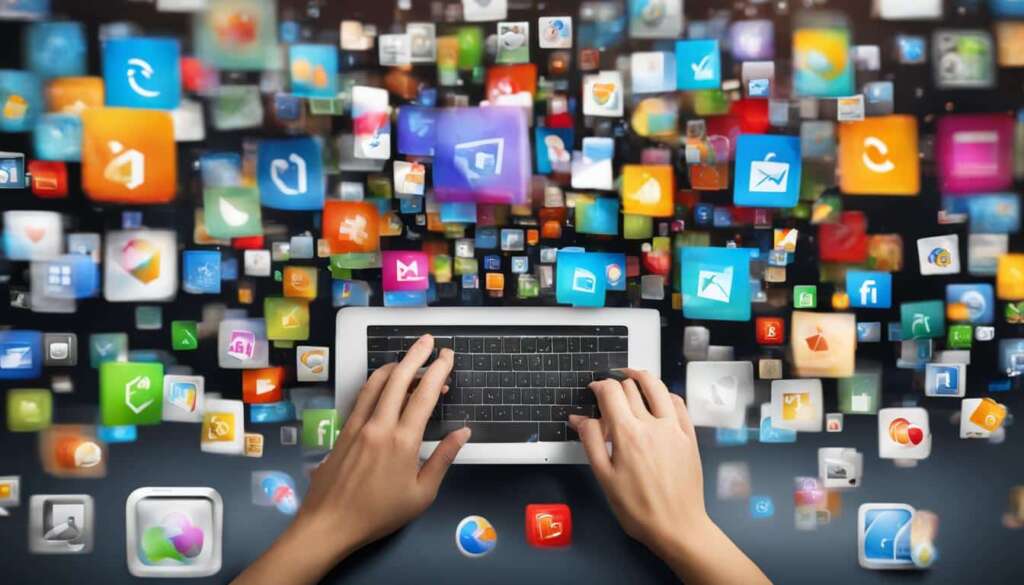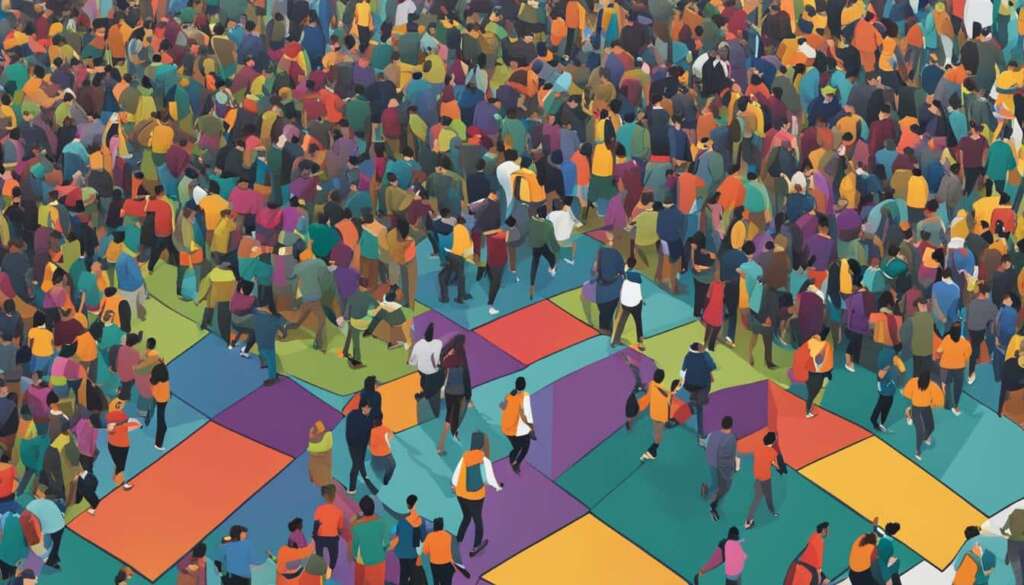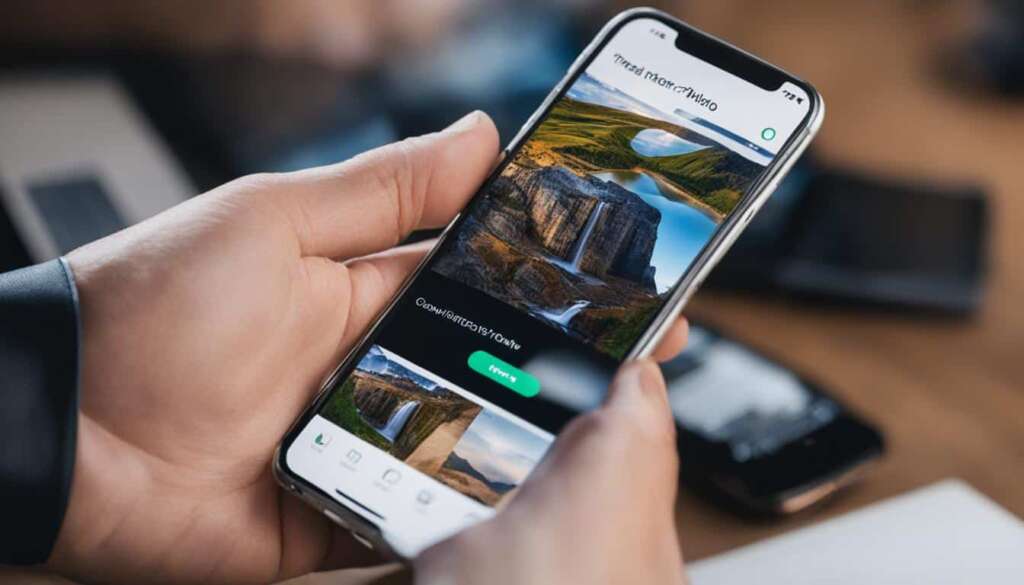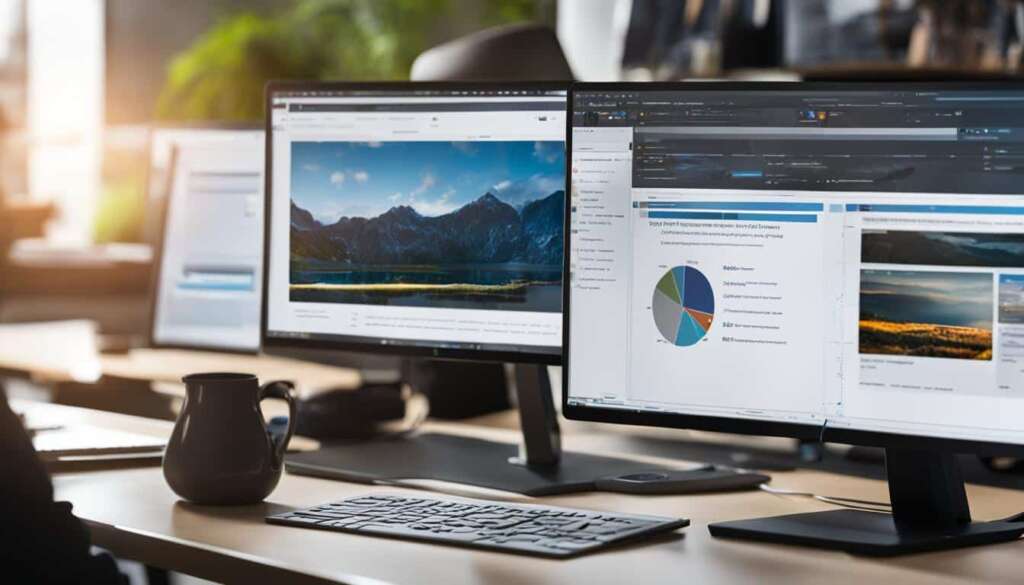Table of Contents
Welcome to a new world of desktop customization and personalization. In this digital age, your computer’s desktop is an extension of your personality and style. Don’t settle for the default icons that come with your operating system – unleash your creativity and make your desktop truly unique with custom icons. In this article, we will guide you through the process of changing desktop icons on Windows 10 and 11, allowing you to create a visually appealing and personalized workspace.
Customizing your desktop icons is not only about aesthetics, but it also enhances your productivity and workflow. By easily identifying your frequently used apps, documents, and websites through customized icons, you’ll be able to navigate your computer with ease and efficiency. Let’s dive into the world of icon customization and discover how you can transform your desktop into a personalized hub of creativity and inspiration.
Are you ready to add a touch of personal flair to your desktop? Let’s get started with the process of changing desktop icons, from restoring missing ones to creating new shortcuts. Whether you’re a Windows 10 or 11 user, we’ve got you covered.
How to Restore Desktop Icons on Windows 11
Restoring the system icons on your Windows 11 desktop is a simple process that allows you to bring back the familiar icons like the Recycle Bin and Control Panel. By following these easy steps, you can easily restore your desktop icons and customize your Windows 11 desktop to your liking.
To restore desktop icons on Windows 11:
- Click Start or hit the Windows key.
- Select Settings.
- Choose Personalization.
- Click on Themes.
- Scroll down and click Desktop icon settings.
- Select the system icons you want to show on the desktop.
- Click OK.
By following these steps, you can restore missing desktop icons and have them displayed on your Windows 11 desktop. The process is quick and easy, allowing you to personalize your desktop and create a visually appealing workspace.
Restore Desktop Icons on Windows 10
Restoring desktop icons on Windows 10 is a slightly different process compared to Windows 11. Follow these simple steps to bring back your desktop icons:
- Click Start or hit the Windows key
- Select Settings
- Choose Personalization
- Click on Themes
- Then, click the Desktop icon settings link
Once you’re on the Desktop icon settings page, you can customize which system icons appear on your Windows 10 desktop. You can choose icons like This PC, User Files, Network, Recycle Bin, and Control Panel. Simply check the desired icons and click OK to apply the changes.
By restoring the desktop icons, you can quickly access essential system features and applications, enhancing your productivity and ease of use.
Below is an image illustrating the steps to restore desktop icons on Windows 10:
Now that you know how to restore desktop icons on Windows 10, you can easily bring back the familiar icons and optimize your desktop for better organization and efficiency.
How to Restore All Desktop Icons on Windows
If all your desktop icons are missing on Windows 10 or Windows 11, there’s no need to panic. Restoring them is a quick and easy process that you can do in just a few simple steps. By following these instructions, you’ll have all your desktop icons back in no time.
To restore all desktop icons, start by right-clicking on an empty area of your desktop. This will open a context menu with various options.
- In the context menu, click on View. This will expand a submenu with further options.
- From the expanded View submenu, click on Show desktop icons. This action will instantly restore all the icons that were previously hidden or disappeared for any reason.
This method works for both Windows 10 and Windows 11, ensuring that you’ll be able to restore all your desktop icons regardless of which operating system you’re using.
![]()
| Benefits of Restoring All Desktop Icons: | Before and After: |
|---|---|
| Easy access to your favorite apps, files, and shortcuts | Before: Missing icons create a disorganized and inefficient desktop experience. |
| Improved productivity with quick and convenient navigation | After: All icons restored, leading to a more streamlined workflow. |
| Customizable desktop layout that suits your preferences | Before: Chaos and clutter make finding important items challenging. |
How to Restore Desktop Icons from the Recycle Bin
If you accidentally deleted a desktop shortcut icon and it ended up in the Recycle Bin, you can easily restore it. Follow these simple steps:
- Double-click the Recycle Bin to view its contents.
- Right-click the desktop shortcut icon you need.
- Select “Restore” from the menu.
Restoring icons from the Recycle Bin is a quick and convenient way to retrieve accidentally deleted shortcuts without having to recreate them. By following these steps, you can easily recover any important desktop shortcut that you may have mistakenly discarded.
How to Manually Restore Desktop Shortcuts on Windows
If you have already emptied the Recycle Bin, you can manually restore desktop shortcuts on Windows. Whether you need to restore an app shortcut, document shortcut, or website shortcut, the process is simple and straightforward.
Restoring App Shortcuts
- Select Start or hit the Windows key to open the Start menu.
- Find the app you need from the All apps list.
- Drag and drop the app shortcut from the list to the desktop.
Note: This method allows you to quickly access your favorite apps directly from your desktop.
Restoring Document Shortcuts
To restore document or spreadsheet shortcuts, you can follow these steps:
- Open File Explorer.
- Hold the Alt key.
- Drag the desired file from its location in File Explorer to the desktop.
Note: This method is useful for accessing important documents or spreadsheets without navigating through multiple folders.
Creating a Website Shortcut
If you want to create a shortcut to a website for quick access, you can use the following steps:
- Open the desired webpage in your web browser.
- Drag the lock icon (located near the website URL) to the desktop.
Note: This method allows you to easily access your favorite websites with a single click, without opening your web browser first.
By manually restoring desktop shortcuts, you can keep your most frequently used apps, documents, and websites just a click away. Whether you’re customizing your workspace or streamlining your workflow, desktop shortcuts help you stay organized and efficient.
Using Desktop Icons on Windows
Desktop icons are an essential part of navigating your workflow on Windows. They provide quick access to your favorite apps, documents, and websites. You can customize your desktop icons to suit your needs and make your workflow more efficient. Whether you want to create shortcuts to Windows tools, make icons larger for better visibility, or organize your icons for easy access, desktop icons are a versatile tool to enhance your computing experience.
Having easy access to desktop icons allows you to streamline your work and be more productive. Instead of searching for programs and files in a maze of folders, you can simply click on a visual representation of what you need. This saves time and creates a more efficient workflow.
If you frequently use certain Windows tools, it’s helpful to create shortcuts on your desktop for quick access. This allows you to launch applications or open documents with just one click, without having to navigate through menus or search for them in the Start menu. By having these shortcuts readily available, you can work more efficiently and complete tasks in a shorter amount of time.
In addition to creating shortcuts, you can also customize the appearance of your desktop icons. Windows allows you to change the icon image itself, making it easier to differentiate between different programs or files. For example, you can assign a specific icon to your favorite web browser or assign a unique icon to a frequently accessed document. This personalization not only adds aesthetic appeal but also helps you quickly identify and locate the item you need.
Another way to enhance your desktop experience is by making icons larger. If you have difficulty seeing smaller icons, adjusting their size can greatly improve visibility. Windows provides options to resize icons to your preferred dimensions, ensuring that they are easy to see and click on. By making icons larger, you can reduce eye strain and navigate your desktop more comfortably.
Organizing your desktop icons is also crucial for efficient workflow. With a cluttered desktop, it can be challenging to find the specific item you need, causing frustration and wasting time. By organizing icons into logical categories or grouping them by task, you can quickly locate and access the files or programs you require. This organization facilitates a more streamlined and productive workflow.
Overall, desktop icons and shortcuts are valuable tools that optimize your Windows experience. By customizing your desktop icons, creating shortcuts to Windows tools, making icons larger, and organizing them effectively, you can enhance your efficiency and productivity. Take advantage of these features and transform your desktop into a powerful workspace tailored to your needs.
![]()
Conclusion
Changing the icons on your desktop is a simple yet effective way to personalize your computer and make it reflect your unique style. By following the steps outlined in this article, you can easily restore missing icons, personalize their appearance, and customize your desktop shortcuts. With just a few clicks, you can revitalize your desktop and create a visually appealing and efficient workspace.
Personalizing your desktop icons allows you to infuse your computer with a touch of personality and make it truly yours. Whether you prefer a minimalist aesthetic, vibrant colors, or themed icons that reflect your hobbies or interests, the power to customize is in your hands. Transform your desktop into a source of inspiration by choosing icons that resonate with you.
Customizing your desktop icons not only enhances the visual appeal of your computer but also helps streamline your workflow. By creating shortcuts to your frequently used apps, documents, and websites, you can access them with a single click, saving you time and effort. Organize your icons in a way that makes sense to you, whether it’s categorizing them by type, purpose, or frequency of use.
So, unleash your creativity and start personalizing your desktop icons today. Change, personalize, and customize them to your heart’s content. Make your computer a reflection of your unique style and create a workspace that sparks joy and productivity. The possibilities are endless!
FAQ
How can I restore desktop icons on Windows 11?
To restore desktop icons on Windows 11, click Start or hit the Windows key, select Settings, choose Personalization, click on Themes, scroll down and click Desktop icon settings, select the system icons you want to show on the desktop, and click OK.
How can I restore desktop icons on Windows 10?
To restore desktop icons on Windows 10, click Start or hit the Windows key, select Settings, choose Personalization, click on Themes, and then click the Desktop icon settings link. From there, you can check the system icons you want to appear on the desktop.
What should I do if all my desktop icons are missing?
If all your desktop icons are missing, you can easily restore them by right-clicking an empty area on the desktop, selecting View, and clicking Show desktop icons from the menu. This works for both Windows 10 and Windows 11.
How can I restore a desktop shortcut icon from the Recycle Bin?
If a desktop shortcut icon is in the Recycle Bin, you can restore it by double-clicking the Recycle Bin to view its contents, right-clicking the desktop shortcut icon you need, and selecting Restore.
What can I do if I have already emptied the Recycle Bin and need to restore desktop shortcuts?
To manually restore desktop shortcuts on Windows, you can add an app shortcut by selecting Start or hitting the Windows key, finding the app you need from the All apps list, and dragging and dropping it from the list to the desktop. For document or spreadsheet shortcuts, open File Explorer, hold the Alt key, and drag the file to the desktop. To create a shortcut to a website, open the page and drag the lock icon to the desktop.
How can I use desktop icons on Windows?
Desktop icons on Windows provide quick access to your favorite apps, documents, and websites. You can customize their appearance, make them larger for better visibility, or organize them for easy access. They are a versatile tool that can enhance your computing experience.
How do I change desktop icons to personalize my computer?
Changing desktop icons is a simple way to personalize your computer and make it reflect your unique style. By following the steps outlined in this article, you can easily restore missing icons, customize their appearance, and create new shortcuts. With a few clicks, you can revitalize your desktop and create a visually appealing and efficient workspace.

